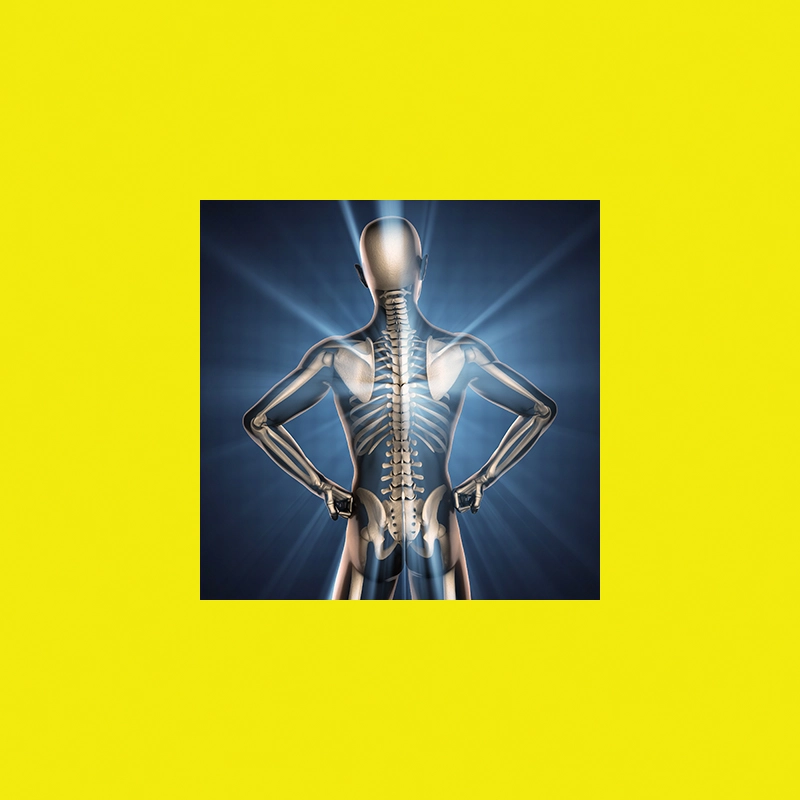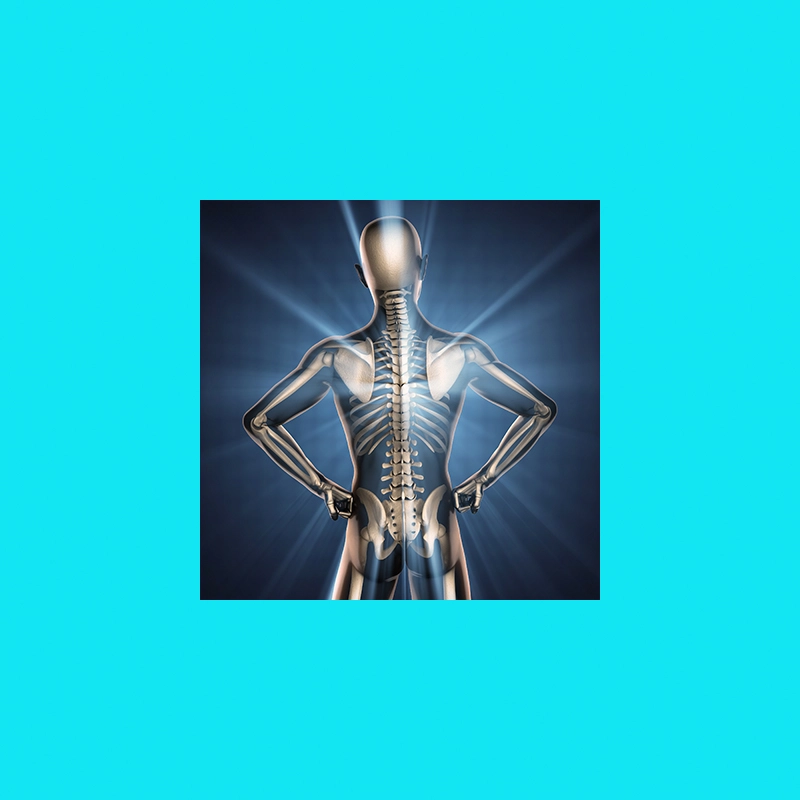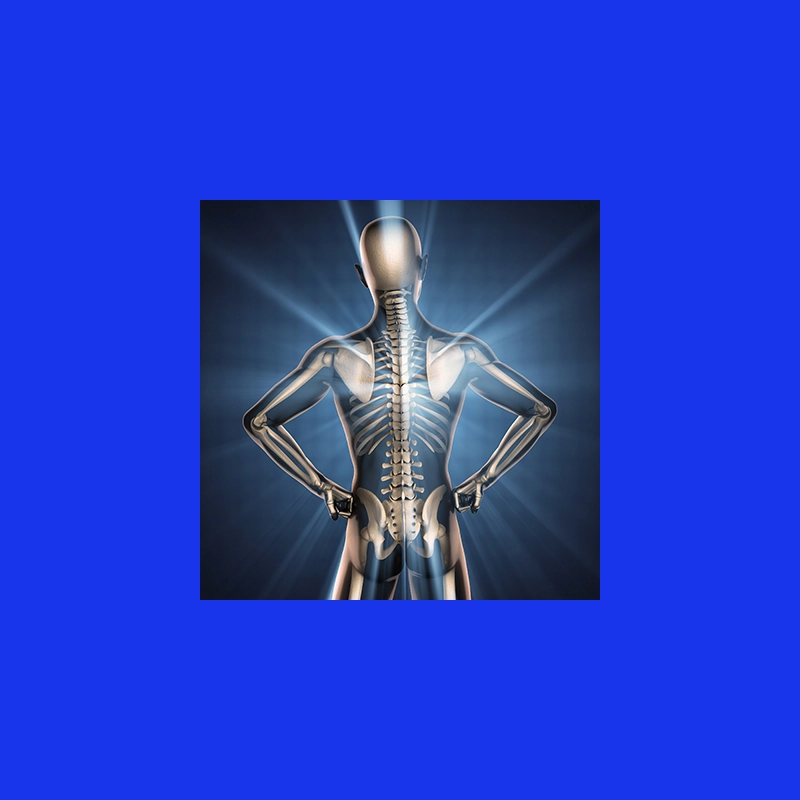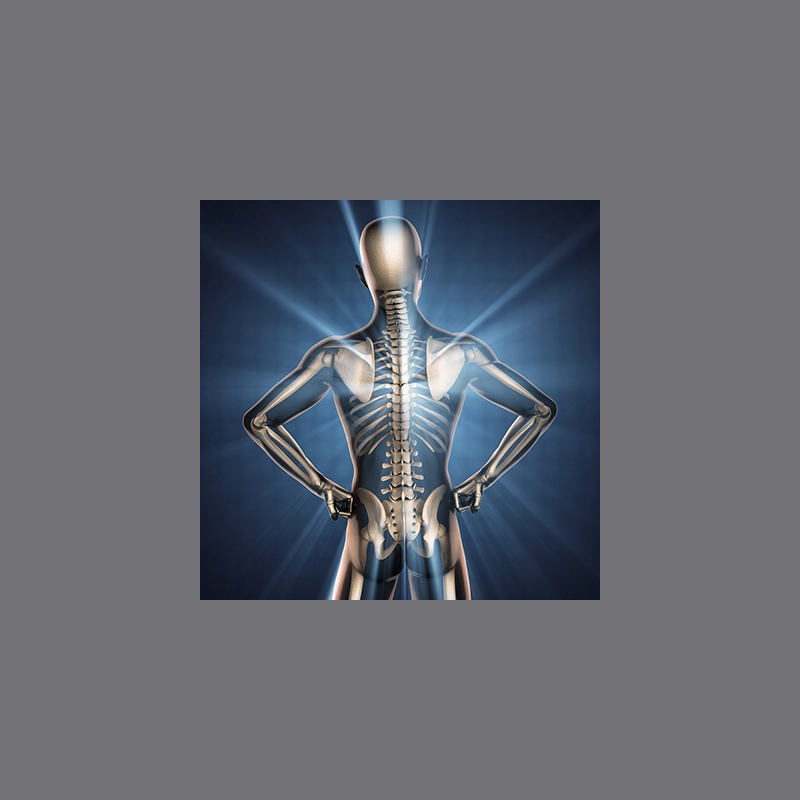
Breathing Essentials: How To Breathe For Life
Breathing Essentials: How to Breathe of Life. A Definitive Guide. Six weeks to breathe better program.
This is the first course in a series of six courses on Respiration and its effects either positive or negative on the body. It will reveal to you the importance of proper breathing mechanics and function. All information presented is based on science and research.
How do poor breathing patterns affect pain, posture, and function? This initial course is a standalone course that will provide information on the clinical implications of poor breathing patterns.
How should you breathe? A discussion of the basic anatomy of the rib cage and muscles of respiration is given. This topic is expanded with how we should breathe and how not to breathe. The dysfunction of the diaphragm will be explained.
Covid 19 will be discussed. The signs and symptoms of infection as well as a description of symptoms being experienced by Covid long haulers. Discussion of breathlessness positions and how to control breathing during this response will be taught.
Try the Nijmegen Questionnaire or the Self Evaluation Breathing Questionnaire to determine if you have symptoms related to your breathing.
Learn how to improve chest expansion.
Learn how to improve trunk rotation and decrease the rigidity of the body.
Follow a 3-6 week program on breathing exercises.
This course will give a brief discussion of the function of respiration and how it can alter your trunk stability and posture. For a full understanding, it is recommended to delve deeper into the subject with the entire Breathing Essentials Series. Further study in the Breathing Essentials Series will deal with anatomical details, core control, breathing pattern disorders, sleep apnea, and athletic performance.

Breathing Essentials: The Anatomical Details
Dysfunction of the respiratory complex, trunk muscular imbalances, muscular inhibition and weakness, myofascial restrictions, loss of axial rotation, and chronic hyperventilation, all have significant effects on posture, trunk stability, chronic pain, upper extremity, and lower extremity function and motion.
This seminar is the second of six seminars that will enable the student to connect the negative effects of dysfunction of respiration and generate answers on the management of these issues. This seminar deals with the anatomy and function of respiration. Taking one or all of the seminars will provide the essential tools necessary for recognizing and strategies for alleviating Breathing Pattern Disorders in the Pursuit of Ideal Posture and Motion.

Breathing Essentials: Breathing Pattern Disorders
Altered breathing patterns brought on by life, stress, pain, and injury can alter the biochemistry of the blood system and produce negative effects on the health of the body. Faulty breathing patterns are rarely looked at as being a possible cause of spinal dysfunctions as well as propagating continued pain patterns in fibromyalgia, somatic dysfunctions, neck pain, and upper extremity pain.
In this course, you will learn the effects of altered breathing patterns, what somatic dysfunctions are, the effect of an overriding autonomic nervous system, and paradoxical breathing. You will also learn what happens when the diaphragm becomes dysfunctional and when altered breathing patterns alter the biomechanics of your cervical spine, shoulders, and lower back. This course deals with the details of the physiology and biomechanics of poor breathing patterns. Again everything is evidence-based on studies from the research.
There will be a breathing exercise section as well as breathing exercises interspersed throughout the course to demonstrate ways to change your breathing.

Breathing Essentials: Foundation Form Function
The respiratory system is a vital component of spinal function. The rib cage is the center of trunk rotation and is important in transferring loads from the lower extremities and upper extremities through the various regions of the spine. The rib cage is a prime base for muscle and fascial connections that affect the cervical and lumbo/pelvic regions. If we don’t breathe properly, the rib cage can be altered and become dysfunctional with poor rotation and poor breathing patterns. The diaphragm functions in posture and respiration. Its intimate connections, muscularly and neurologically with the lumbar spine, deep abdominal and pelvic floor muscles, and its ability to maintain intra-abdominal pressure, are vital for spinal stability.
Dysfunction of the respiratory complex, trunk muscular imbalances, muscular inhibition and weakness, myofascial restrictions, loss of axial rotation, and chronic hyperventilation, all have significant effects on posture, trunk stability, chronic pain, upper extremity, and lower extremity function and motion.
Discover the correct core. Learn what will inhibit the core and how to facilitate an inhibited or delayed core. Improve your core and trunk stability by improving the function of the diaphragm and the other three vital core muscles.
This three-and-a-half-hour class has comprehensive, research, and evidence-based information on the rib cage, respiration, core anatomy and function, and how to regain your movement length and core strength.

Breathing Essentials: Sleep Apnea and the Consequences
34% of males and 17% of females in first-world countries are now being diagnosed with sleep apnea. Studies in other countries are lacking. Menopausal women have the same incidence as males.
Are you waking frequently at night to use the restroom?
Are you experiencing daytime sleepiness or morning headache?
Are you aware that sleep apnea and cardiovascular incidents have a higher mortality rate?
Sleep apnea is disordered breathing and needs to be treated if it is present. Many people are not aware of the signs and symptoms of sleep apnea and its consequences. This course will explain the types of sleep apnea, its causes, signs, and symptoms in an easy-to-understand format.
Learn the different types of sleep apnea. Gain knowledge of the risk factors and symptoms that exist with sleep apnea and understand the importance of getting the correct treatment. Practice basic exercises that can be done to improve the strength of the tongue and airway dilators. This course is evidence-based and will provide the latest research that is available on the statistics, risks, symptoms, and treatments for sleep apnea.
This course has been recently updated in late fall 2021 with information on home sleep apnea tests and which approach works best for mild or severe sleep apnea.

Breathing Essentials: Athletic Performance
Have you ever wondered why your legs are exhausted and you are tight as a drum after a long training run or competition?
Are you looking for faster times and fewer injuries?
What is the true core?
Do you want to dominate your next race?
What is good posture and how can you apply it to your sport?
Join Debra Dent, a world-known Physiotherapist in this 2.5-hour seminar learning how to breathe correctly and learning to improve your Athletic Performance and your posture. This research-backed seminar will give you the tools to improve your breathing, your muscle length, and your posture.
If we don’t breathe properly, the rib cage can be altered and become dysfunctional with poor rotation and poor breathing patterns. This can markedly affect athletic performance. Our diaphragm functions in posture and respiration and if it becomes fatigued with heavy breathing brought on by exercise, it can alter our circulation to the extremities as well as the control of our trunk. Constriction of blood flow to the extremities can cause cramping and fatigue.
Dysfunction of the respiratory system, trunk muscle imbalances, core inhibition, and weakness, tight IT bands, and loss of trunk rotation, all have significant effects on posture, trunk stability, and performance.
Discover the correct core.
Learn what will inhibit the core and how to facilitate an inhibited or delayed core.
Discover your core and improve your trunk stability by enhancing the function of the diaphragm and the other three vital core muscles.
Learn the causes of leg fatigue, and constant tightness of hamstrings and back muscles in the athlete.
Follow the Rules of the Road given in this course for better athletic performance.
